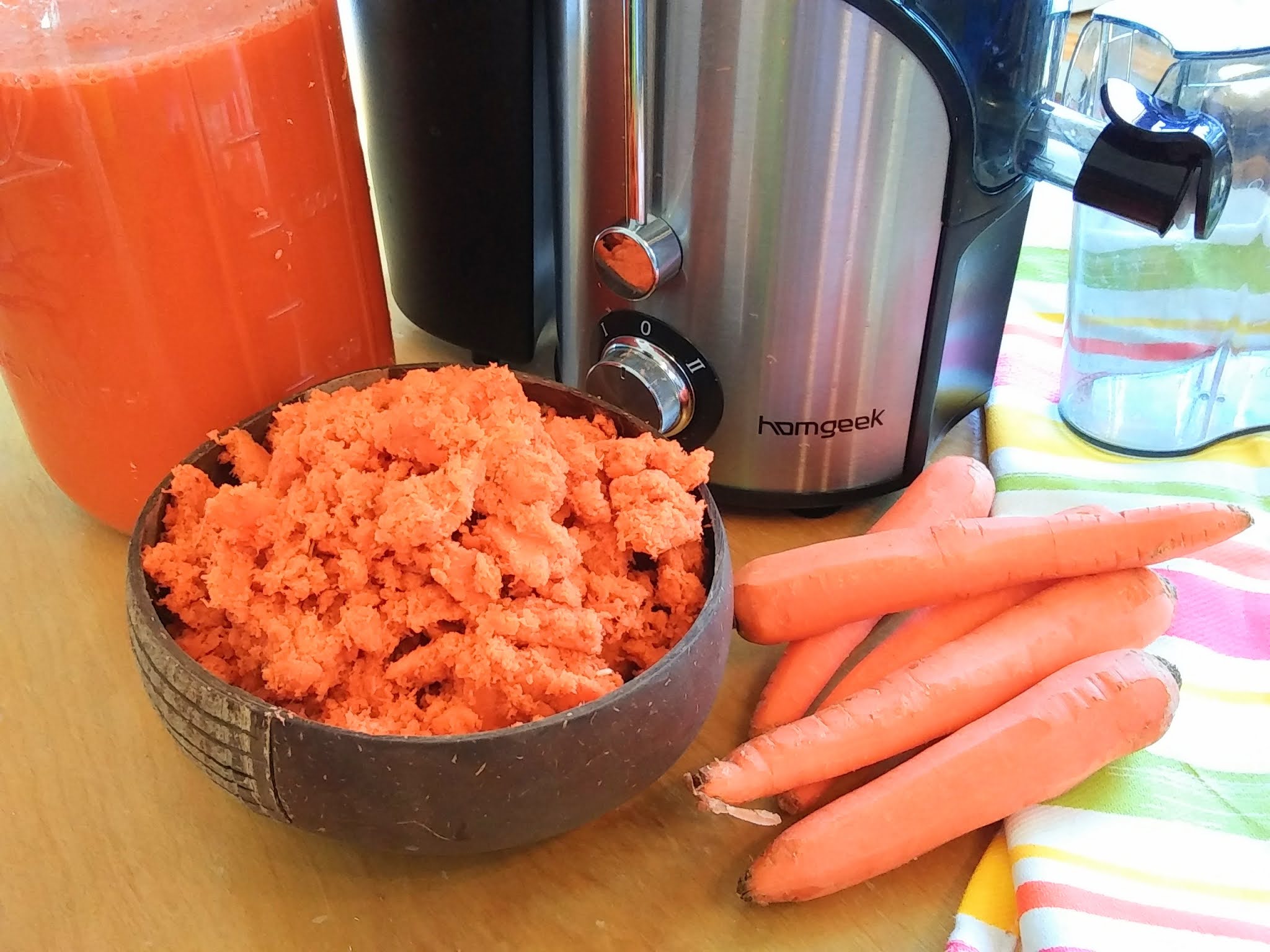

Articles
How To Make Carrot Juice In Blender
Modified: December 6, 2023
Learn how to make delicious carrot juice in your blender with this easy-to-follow guide. Discover the benefits of drinking carrot juice and start incorporating it into your daily routine.
(Many of the links in this article redirect to a specific reviewed product. Your purchase of these products through affiliate links helps to generate commission for Storables.com, at no extra cost. Learn more)
Introduction
Carrot juice is a delightful and nutritious addition to your daily routine. Packed with essential vitamins, minerals, and antioxidants, this vibrant beverage offers numerous health benefits. Whether you’re looking to boost your immune system, improve your skin complexion, or increase your energy levels, incorporating carrot juice into your diet is a fantastic choice.
In this article, we’ll guide you through the process of making carrot juice in a blender. It’s a quick and convenient method that retains the maximum nutritional value of the carrots. Plus, you’ll have the flexibility to customize the flavor and consistency according to your preferences.
Before we dive into the juicing process, let’s discuss the importance of choosing the right carrots.
Key Takeaways:
- Transform fresh carrots into a customizable, nutritious beverage by blending them to perfection. Experiment with optional ingredients like ginger and citrus fruits to elevate the flavor and health benefits of your carrot juice.
- Enjoy the multitude of health benefits offered by carrot juice, from boosting your immune system to improving your skin complexion. Get creative with different flavor combinations and start your juicing adventure for a healthier you!
Read more: How To Make Carrot Juice With A Juicer
Choosing the right carrots
When it comes to making carrot juice, selecting the right carrots is crucial. Opt for fresh, organic carrots that are firm and vibrant in color. Avoid carrots that are soft, wilted, or have any signs of mold or decay. Organic carrots are free from pesticides and other harmful chemicals, making them a healthier choice for juicing.
Size also matters when choosing carrots for juicing. Look for medium-sized carrots as they tend to have a good balance of sweetness and flavor. Extremely large carrots may be fibrous and less sweet, while baby carrots may result in a milder juice.
If possible, choose carrots that have their greens attached. The greens can give an added freshness and nutritional boost to your juice. However, ensure that the greens are vibrant and free from wilting.
Once you’ve selected the perfect carrots, it’s time to prepare them for juicing.
Preparing the carrots
Before blending the carrots, it’s important to properly prepare them to ensure a smooth and delicious carrot juice. Start by washing the carrots thoroughly under cold running water to remove any dirt or debris. You can use a vegetable brush to scrub off any stubborn dirt on the surface.
Next, trim off both ends of the carrots. The tops, where the greens were attached, can be cut off and discarded. Trim any blemishes or damaged areas of the carrots as well.
At this stage, you have the option to peel the carrots or leave the skin intact. Carrot skin is nutritious and adds a slightly earthy flavor to the juice. However, if you prefer a smoother texture, you can peel the carrots using a vegetable peeler.
Once the carrots are washed, trimmed, and peeled (if desired), you can move on to the blending process.
Blending the carrots
Blending the carrots is the key step in transforming them into a delicious and refreshing juice. To start, cut the prepared carrots into smaller pieces to ensure easier blending and a smoother consistency.
Now, it’s time to get your blender ready. Make sure your blender is clean and in good working condition. Add the carrot pieces into the blender, being mindful not to overcrowd it. If you have a large batch of carrots, it’s best to blend them in multiple batches to ensure even blending.
If you prefer a pure carrot juice, you can simply blend the carrots on their own. However, if you want to enhance the flavor or add some nutritional variety, you can experiment by adding other ingredients such as oranges, apples, ginger, or a squeeze of lemon juice. These additions can provide a subtle sweetness or a tangy twist to your carrot juice.
Once everything is ready in the blender, secure the lid tightly and start blending on a medium to high speed. Blend until the carrots are completely broken down and you achieve a smooth consistency. The blending time may vary depending on the power of your blender, so be patient and make sure to monitor the process.
Once the carrots are blended to your desired consistency, it’s time to strain the juice.
Add a small amount of water to the blender when making carrot juice to help the blades process the carrots more easily and create a smoother juice.
Straining the juice
After blending the carrots, you’ll need to strain the juice to remove any pulp or fiber, resulting in a smooth and velvety texture. Straining also helps to separate the juice from any solids, ensuring a pure and concentrated carrot juice.
Start by placing a fine-mesh strainer or cheesecloth over a large bowl or jug. Carefully pour the blended carrot mixture into the strainer, allowing the juice to pass through while trapping the pulp.
You may need to use a spoon or spatula to gently press down on the pulp to extract as much juice as possible. Take your time with this process to ensure you get the most out of your carrots.
Once you’ve strained all the juice, discard the remaining pulp or save it for other recipes like carrot muffins or soups.
Now that your carrot juice is strained and free from any solids, you can consider adding some optional ingredients to enhance the flavor.
Read more: How To Make Kale Juice In A Blender
Optional ingredients to enhance flavor
While carrot juice is delicious on its own, you can elevate its flavor by adding some optional ingredients. These ingredients not only enhance the taste but also provide additional health benefits. Here are a few ideas to consider:
- Ginger: Adding a small piece of fresh ginger to your carrot juice can give it a subtle spiciness and a refreshing kick. Ginger is also known for its anti-inflammatory and digestive properties.
- Citrus fruits: Squeezing a lemon or an orange into your carrot juice can bring a tangy and citrusy flavor. Citrus fruits are rich in vitamin C, which boosts the immune system and adds a pleasant zing to the juice.
- Turmeric: A pinch of turmeric powder adds a warm and earthy flavor to the carrot juice. Turmeric is known for its powerful antioxidant and anti-inflammatory properties.
- Mint leaves: Adding a few fresh mint leaves can impart a refreshing and cooling sensation to the juice. Mint leaves also aid digestion and provide a burst of freshness.
- Cinnamon: A sprinkle of cinnamon powder can add a subtle warmth and depth of flavor to the carrot juice. Cinnamon is also known for its antioxidant and anti-inflammatory benefits.
- Apple: For a slightly sweeter taste, you can blend a small apple along with the carrots. Apples provide natural sweetness and add a hint of fruity flavor to the juice.
Feel free to experiment with different combinations and quantities of these optional ingredients to find your perfect flavor balance. Once you’ve added your desired ingredients, give the juice a quick stir to mix everything evenly.
Now that your carrot juice is ready and flavored to your liking, it’s time to explore how to store and serve it.
Storing and serving the carrot juice
Once you’ve made your carrot juice, it’s important to store it properly to maintain its freshness and maximize its shelf life. Here are some tips on storing and serving carrot juice:
Refrigeration: Carrot juice is best consumed immediately after making it to retain its nutritional value. However, if you have any leftovers, you can store the juice in a sealed glass container in the refrigerator for up to 24-48 hours. Make sure to keep it chilled to preserve its flavor and prevent bacterial growth.
Freezing: If you want to extend the shelf life of your carrot juice, you can freeze it. Pour the juice into ice cube trays or freezer-safe containers and freeze them. When needed, simply thaw the frozen juice cubes or containers in the refrigerator overnight and give them a gentle shake before consuming.
Serving: To serve the carrot juice, give it a quick stir to ensure that any settled pulp or ingredients are well mixed. You can enjoy carrot juice as is or add a few ice cubes for a refreshing chilled beverage. You can also garnish the juice with a sprig of mint or a slice of citrus fruit to enhance the presentation.
Remember, the key to enjoying carrot juice is to consume it while it’s fresh to get the maximum nutritional benefits. However, if you choose to store or freeze it, be mindful of the storage timeframes to ensure the best quality of your juice.
Now that you have learned how to make carrot juice in a blender, you can start incorporating this nutritious beverage into your daily routine. Experiment with different flavors and combinations to find your favorite recipes. Cheers to your health!
Conclusion
Making carrot juice in a blender is a simple and convenient way to enjoy the multitude of health benefits that carrots offer. With just a few steps, you can transform fresh carrots into a refreshing and nutritious beverage that is bursting with vitamins, minerals, and antioxidants.
By choosing the right carrots, preparing them properly, and blending them to perfection, you can create a smooth and velvety carrot juice that is customizable to your taste preferences. The addition of optional ingredients such as ginger, citrus fruits, or mint leaves can elevate the flavor and provide additional health benefits.
Remember to strain the juice to remove any pulp or solids, allowing for a pure and concentrated carrot juice. Whether you enjoy the juice immediately or store it for later use, be sure to keep it refrigerated or frozen to maintain its freshness and quality.
Start incorporating carrot juice into your daily routine to reap the many benefits it offers, such as boosting your immune system, improving your skin complexion, and increasing your energy levels. Get creative with different combinations and flavors, and don’t be afraid to explore new ingredients to enhance the taste.
So, grab your blender, a bunch of fresh carrots, and let the juicing adventure begin. Cheers to a healthier you!
Frequently Asked Questions about How To Make Carrot Juice In Blender
Was this page helpful?
At Storables.com, we guarantee accurate and reliable information. Our content, validated by Expert Board Contributors, is crafted following stringent Editorial Policies. We're committed to providing you with well-researched, expert-backed insights for all your informational needs.
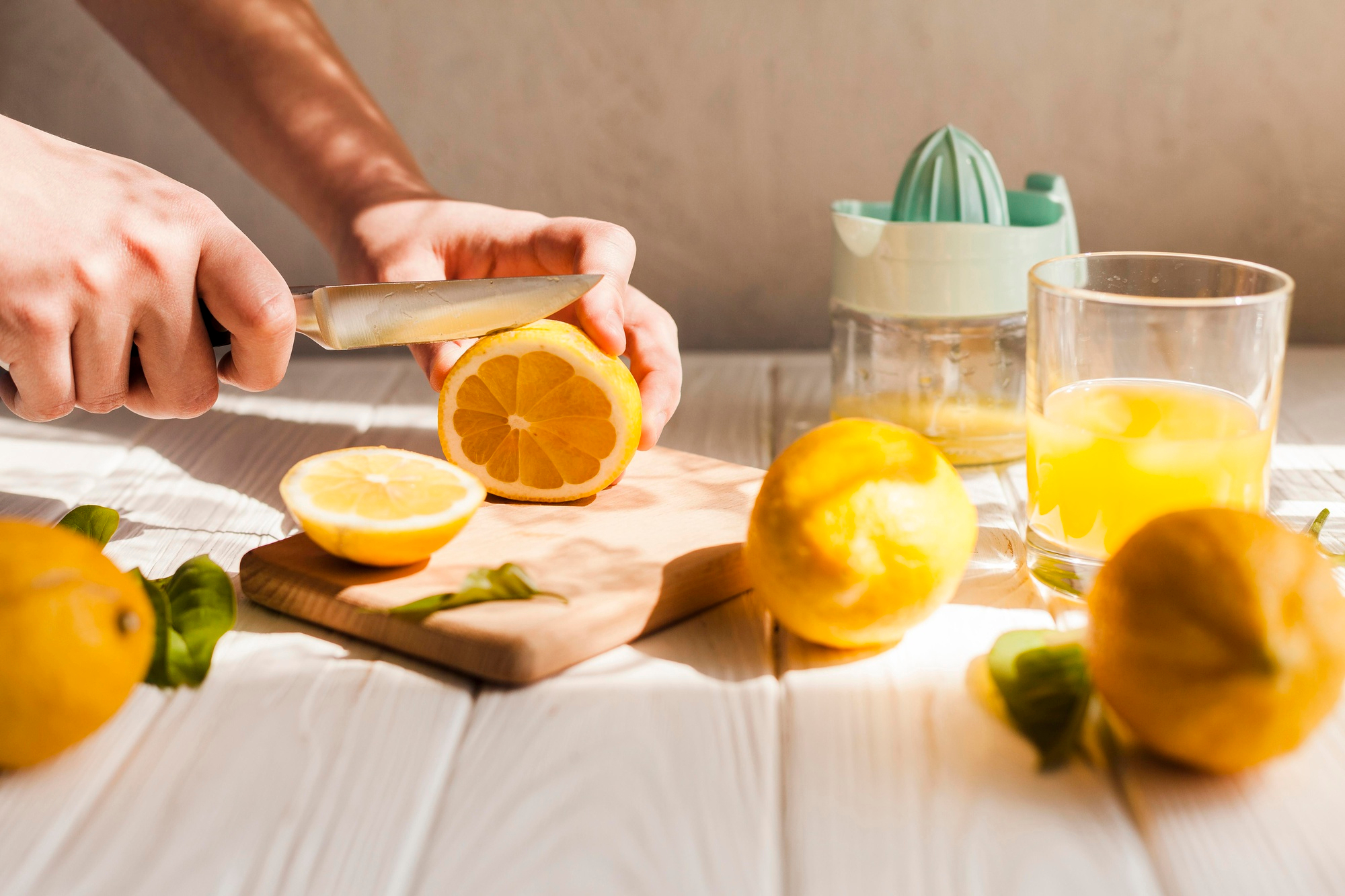
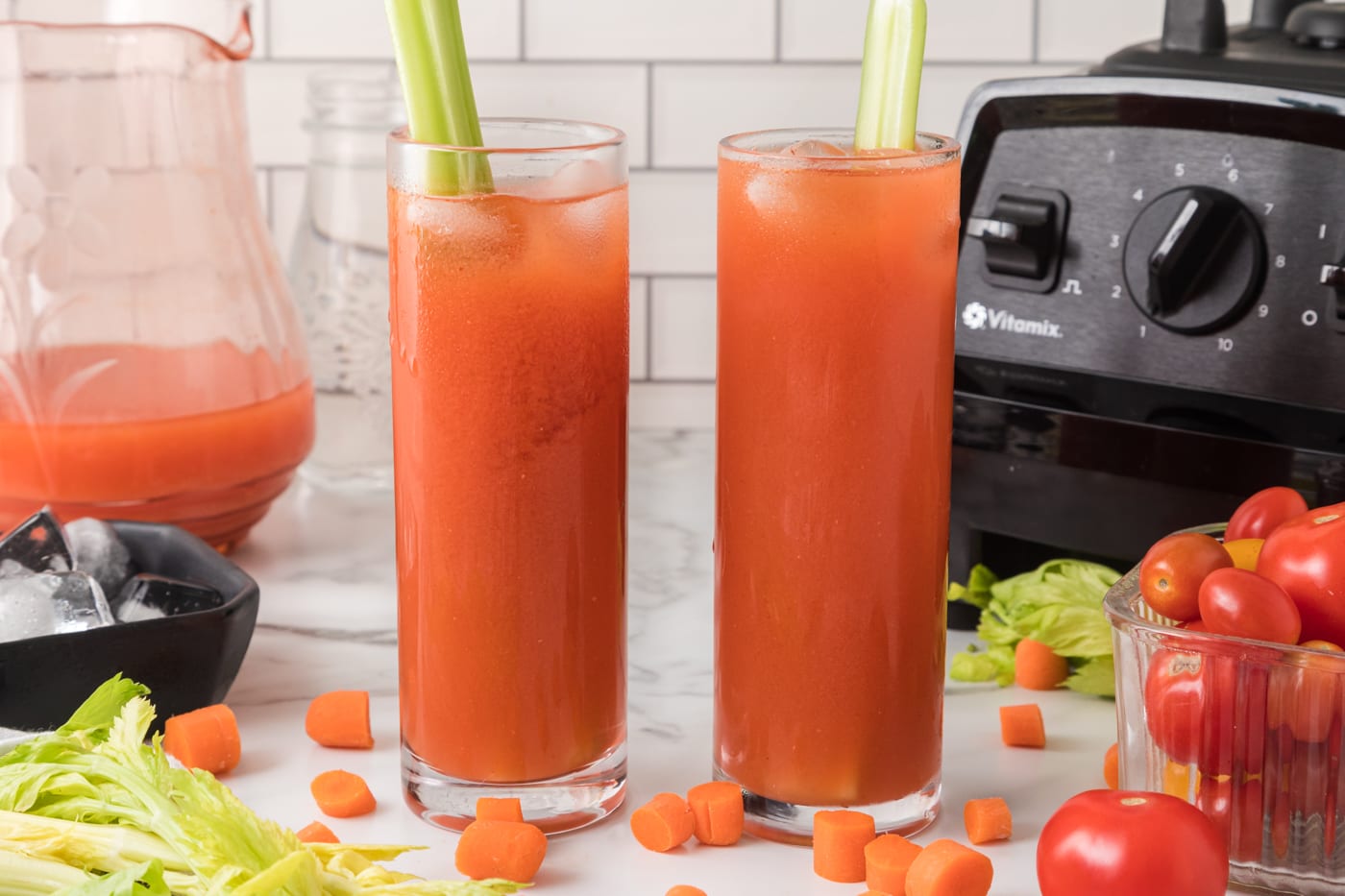
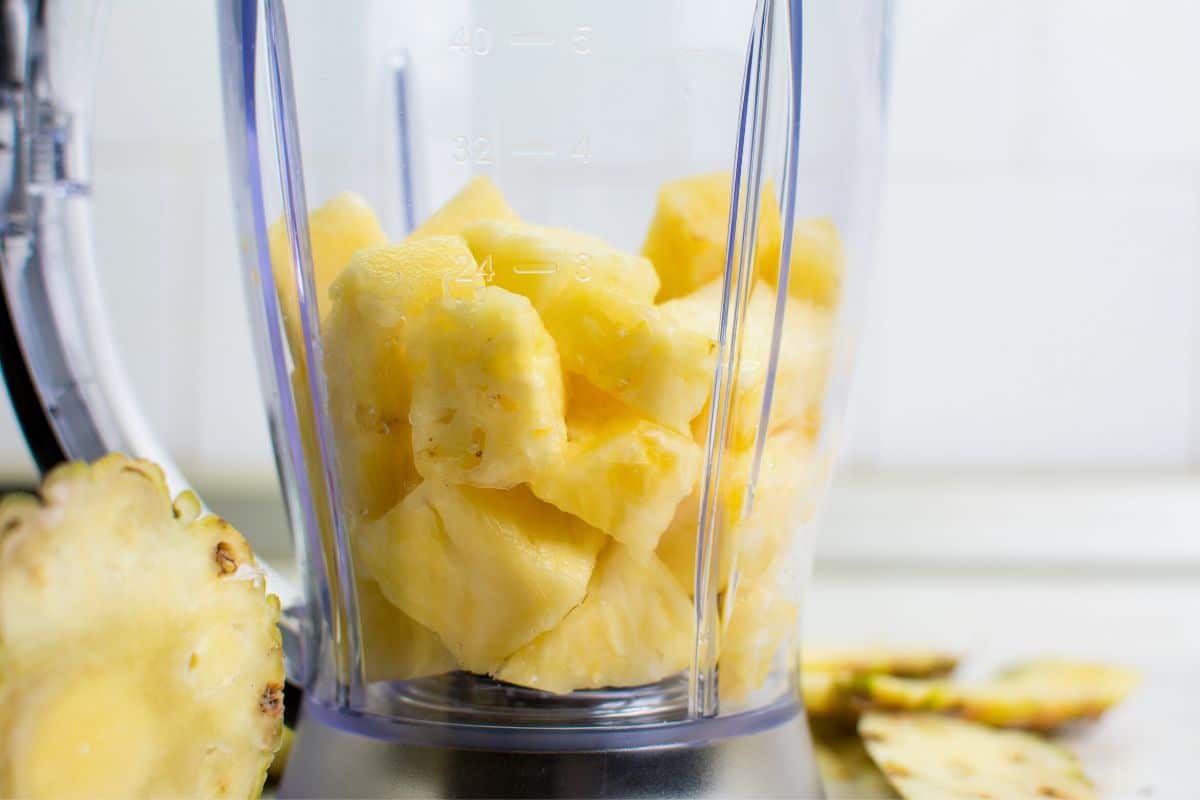
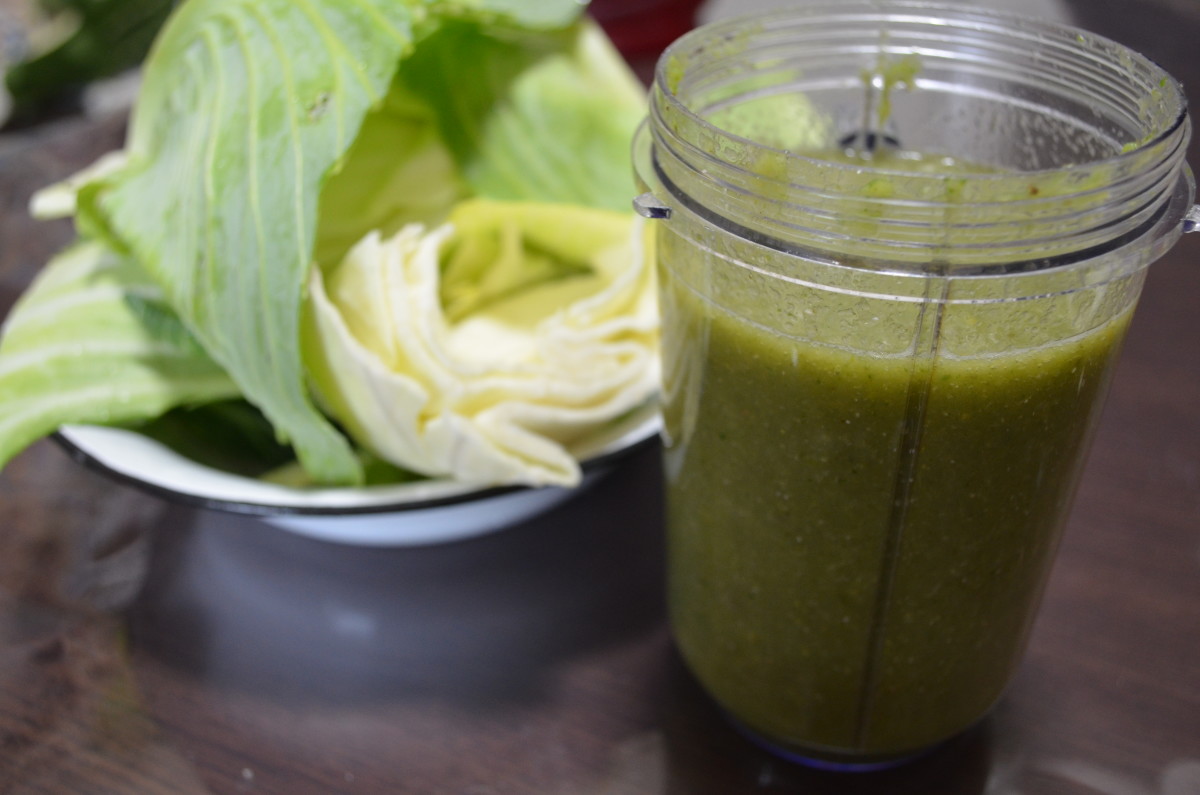
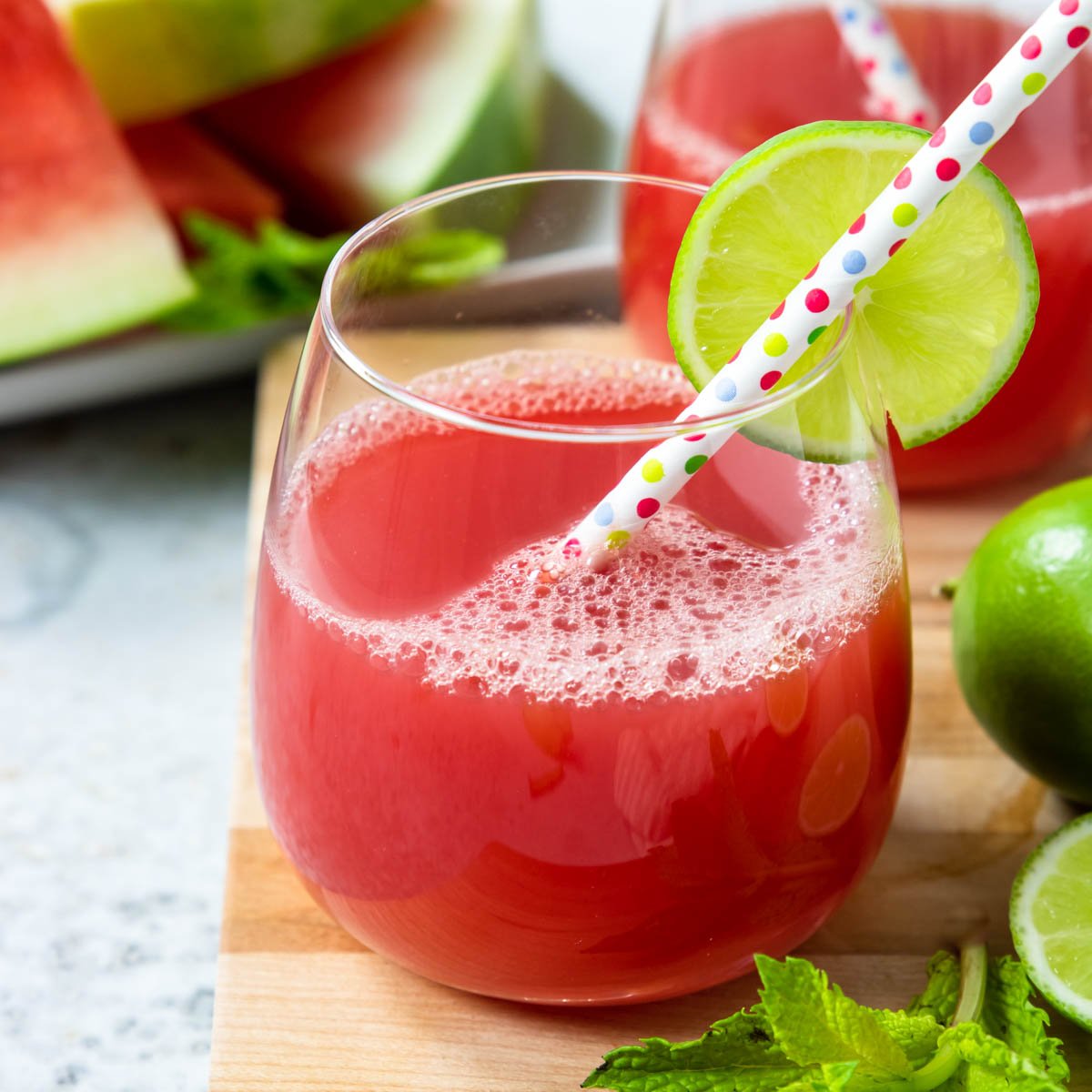
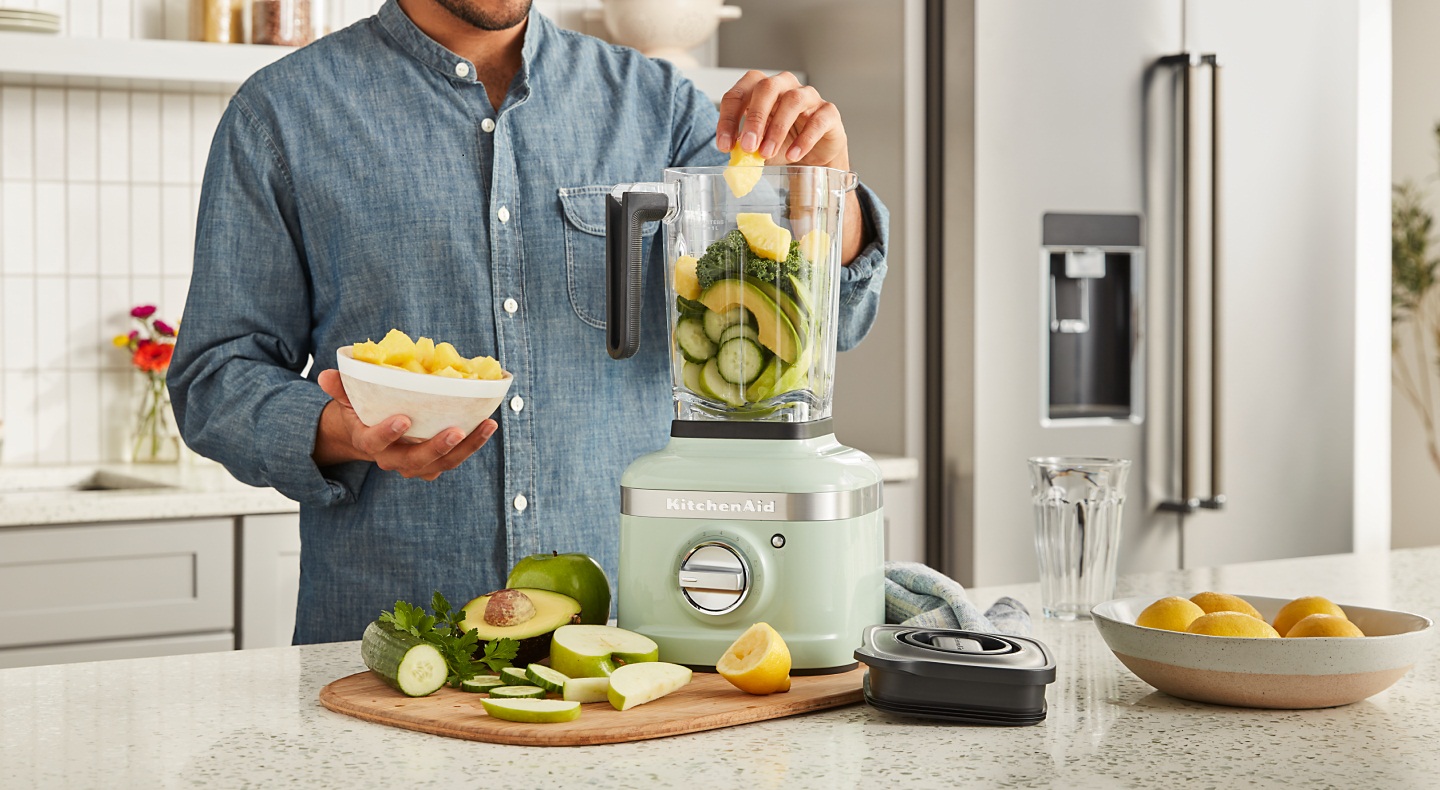
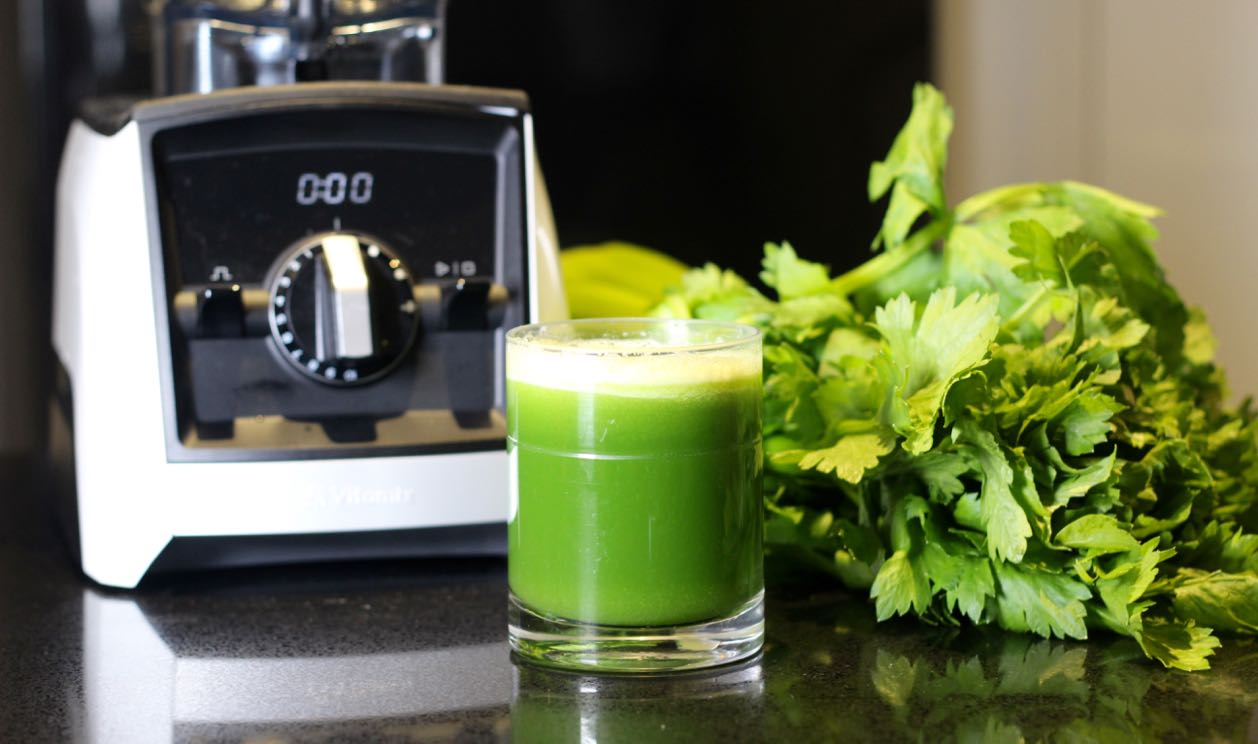
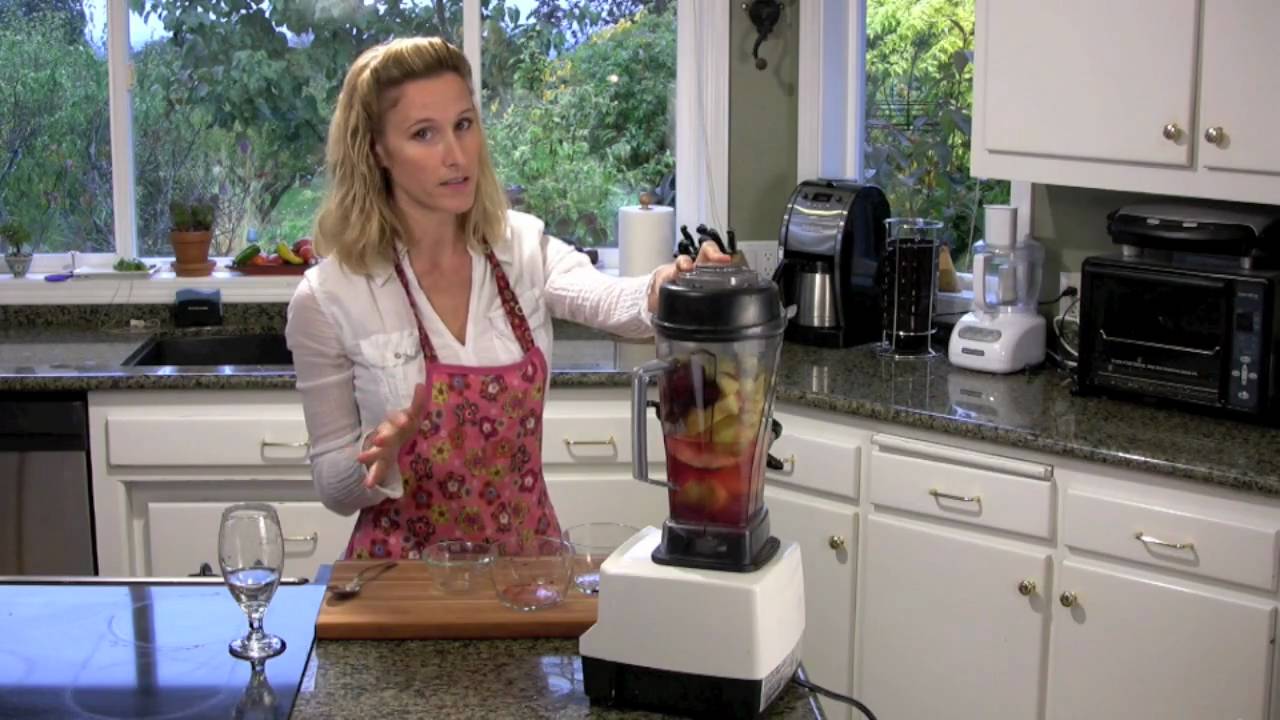
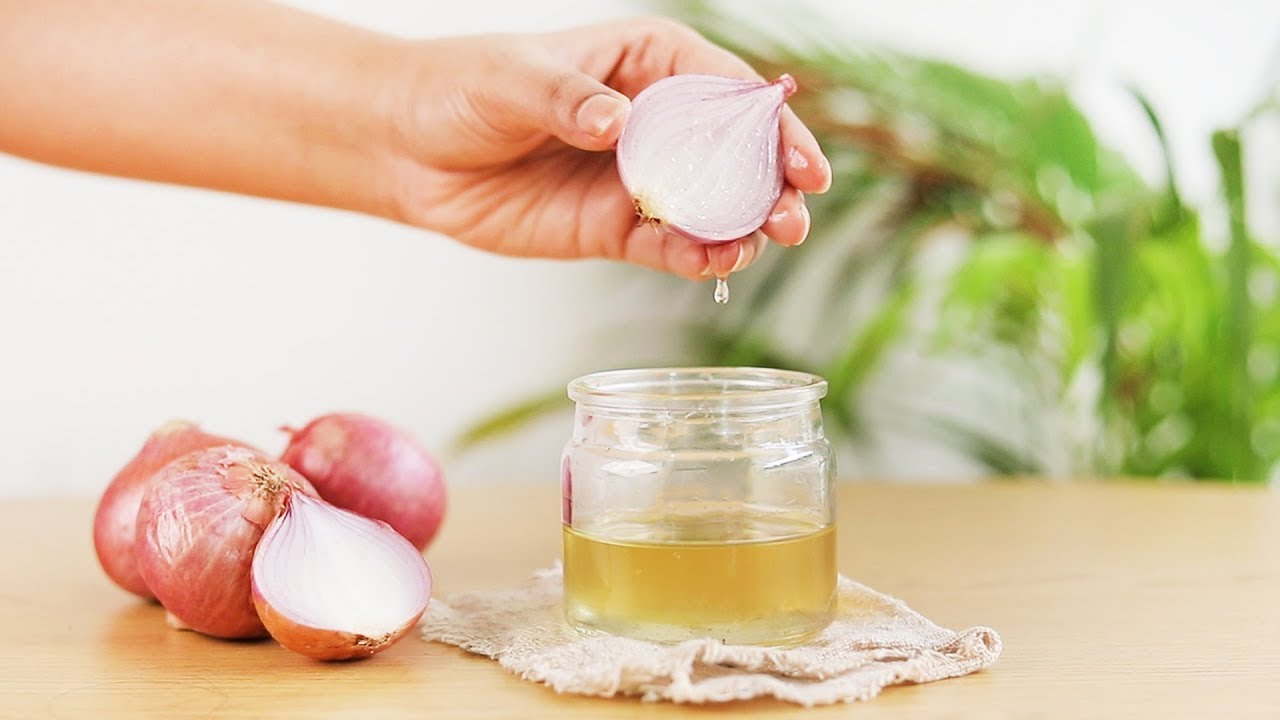
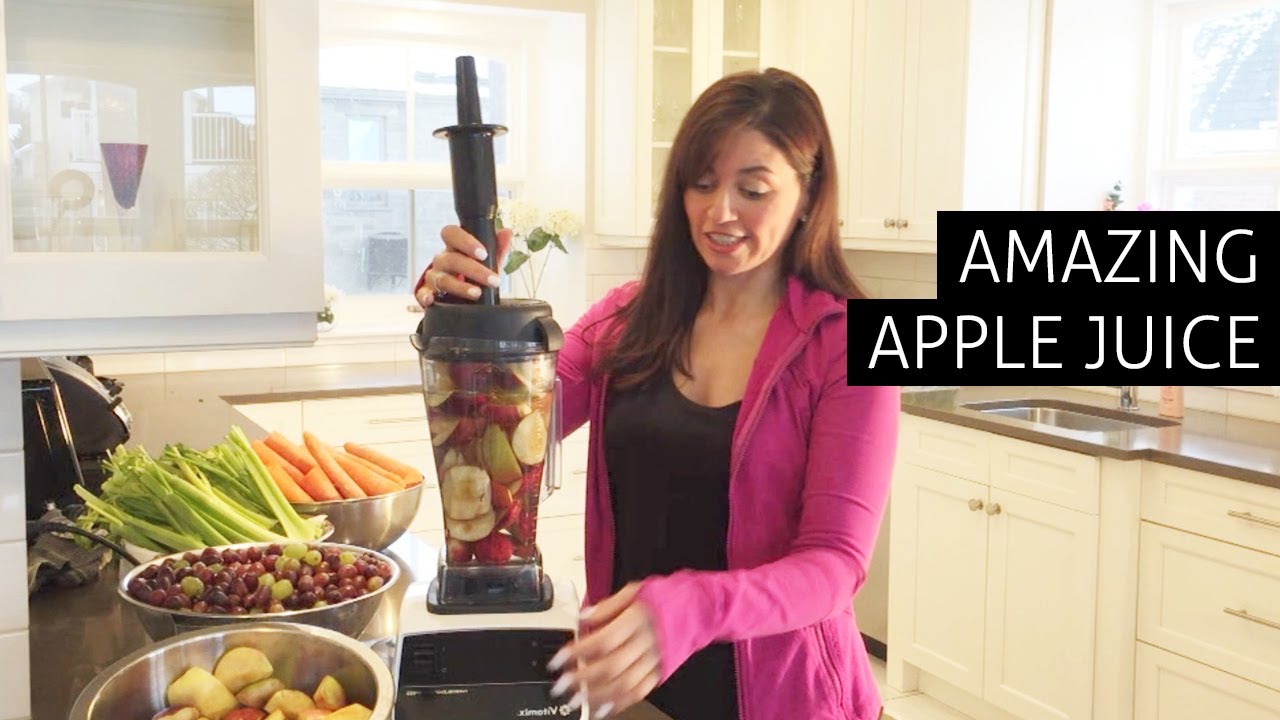

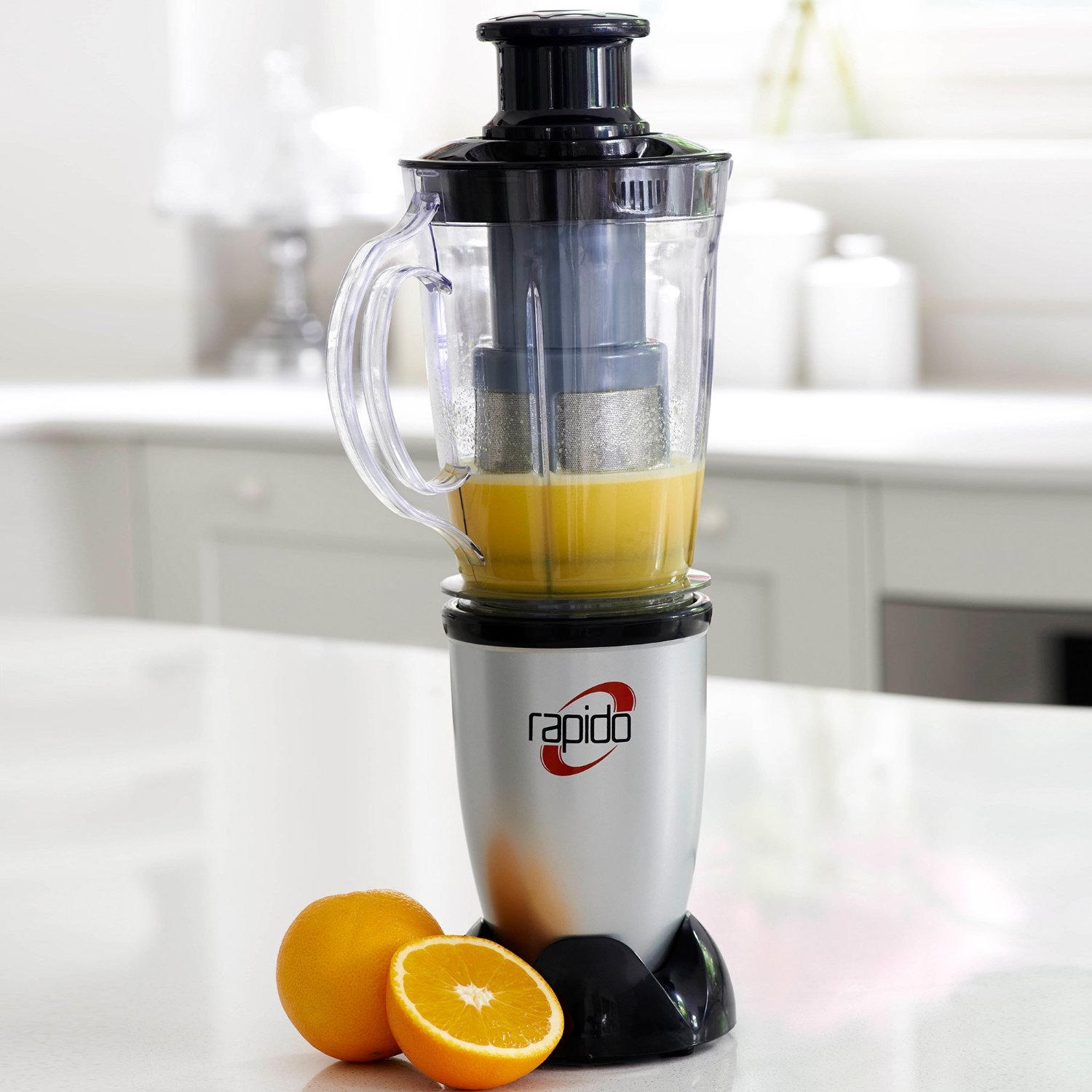
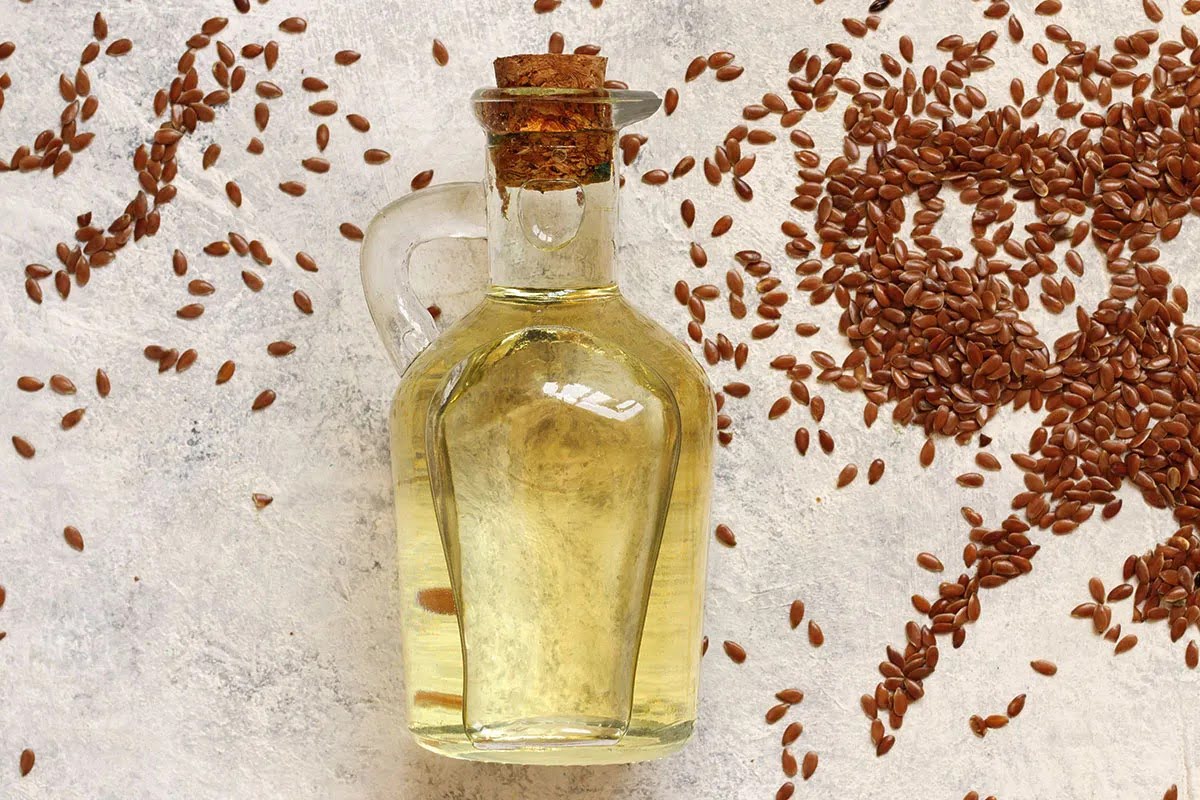


0 thoughts on “How To Make Carrot Juice In Blender”